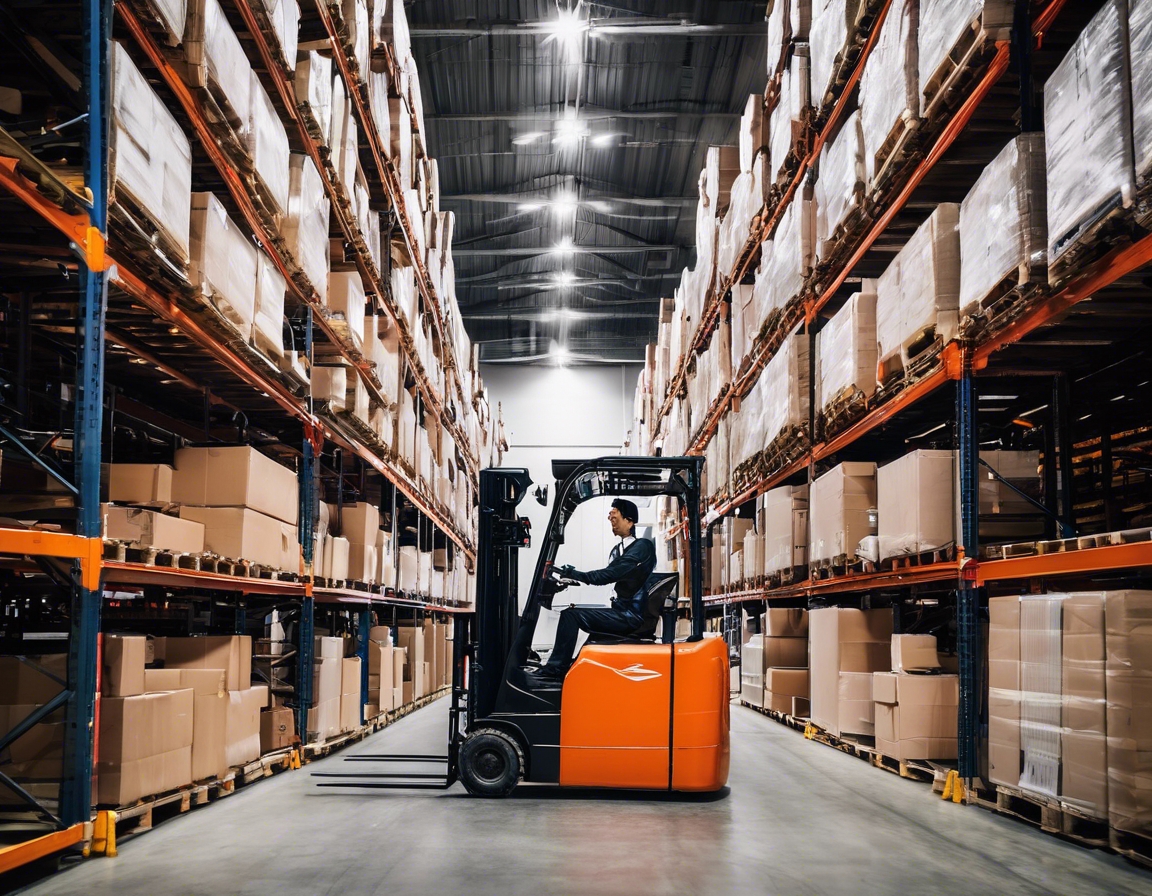The impact of technology on modern logistics
In today's fast-paced business environment, logistics plays a crucial role in ensuring that goods are delivered efficiently and effectively. The logistics industry has undergone significant transformations over the years, largely driven by technological advancements. These changes have not only improved operational efficiency but have also reshaped the way businesses manage their supply chains.
2. The Role of Technology in Logistics
Automation and robotics have revolutionized logistics by streamlining operations and reducing human error. Automated warehouses and robotic picking systems enhance speed and accuracy, allowing businesses to meet the increasing demand for faster delivery times.
The Internet of Things (IoT) has enabled real-time data collection and monitoring across the logistics network. IoT devices provide valuable insights into the condition and location of goods, facilitating better decision-making and improving supply chain transparency.
Artificial Intelligence (AI) and Machine Learning (ML) are transforming logistics by enabling predictive analytics and intelligent decision-making. These technologies help in demand forecasting, route optimization, and risk management, ultimately enhancing operational efficiency.
Blockchain technology offers a secure and transparent way to manage logistics transactions. By providing an immutable record of transactions, blockchain enhances trust and reduces fraud, making it an invaluable tool for supply chain management.
3. Enhancements in Supply Chain Management
Technology has enabled real-time tracking of shipments, providing businesses with greater visibility into their supply chains. This transparency allows for proactive management of potential disruptions and enhances customer satisfaction through accurate delivery updates.
Predictive analytics leverages historical data to forecast future trends and demand patterns. This capability allows businesses to optimize inventory levels, reduce waste, and improve service levels, ultimately leading to cost savings and increased efficiency.
Advanced inventory management systems, powered by technology, enable businesses to maintain optimal stock levels and reduce carrying costs. These systems provide real-time insights into inventory status, helping businesses respond quickly to changes in demand.
4. Cost Efficiency and Operational Improvements
Route optimization technologies use algorithms to determine the most efficient delivery routes, reducing fuel consumption and delivery times. This not only lowers operational costs but also minimizes the environmental impact of logistics activities.
Technological advancements have led to more energy-efficient logistics operations. From electric vehicles to energy-efficient warehouses, businesses are adopting sustainable practices that reduce their carbon footprint and contribute to environmental conservation.
5. Challenges and Considerations
As logistics operations become increasingly digital, the risk of cyberattacks grows. Businesses must invest in robust cybersecurity measures to protect sensitive data and ensure the integrity of their supply chains.
Integrating new technologies with existing systems can be challenging. Businesses must carefully plan and execute integration strategies to ensure seamless operations and avoid disruptions.
The adoption of new technologies requires a workforce that is skilled and adaptable. Businesses must invest in training and development programs to equip their employees with the necessary skills to thrive in a technology-driven logistics environment.






Comments (0)